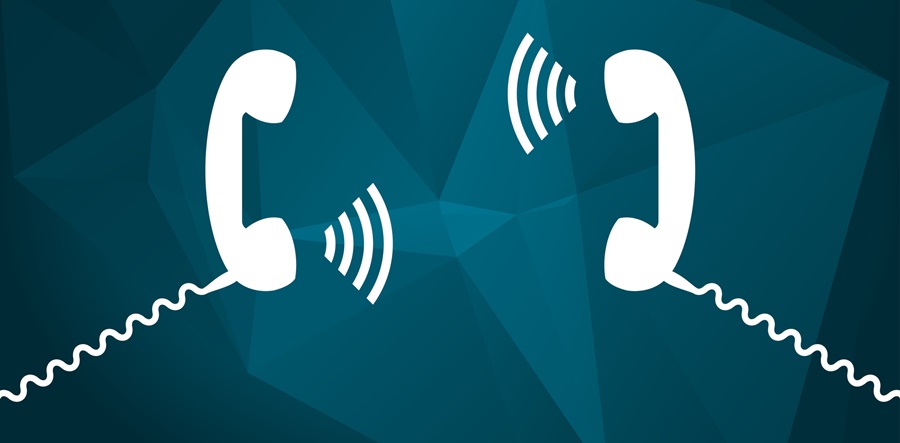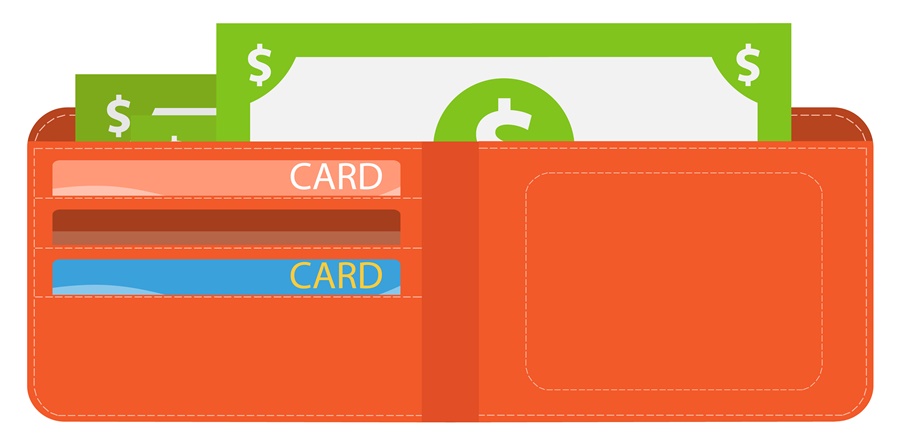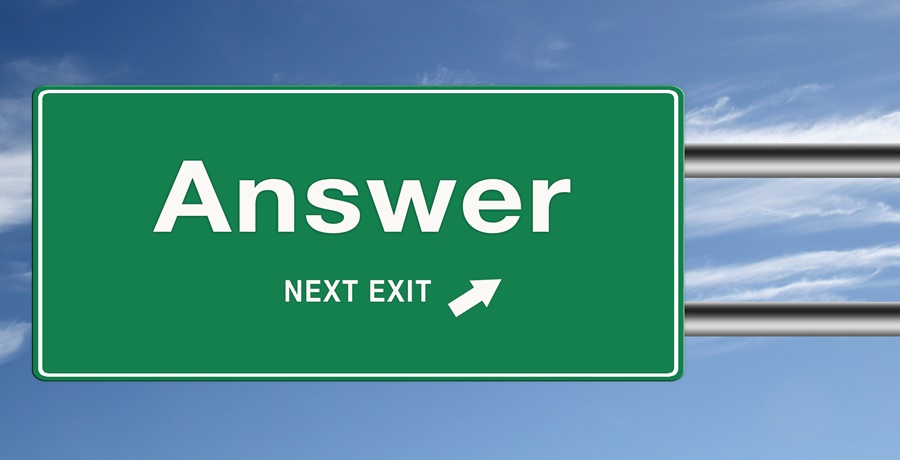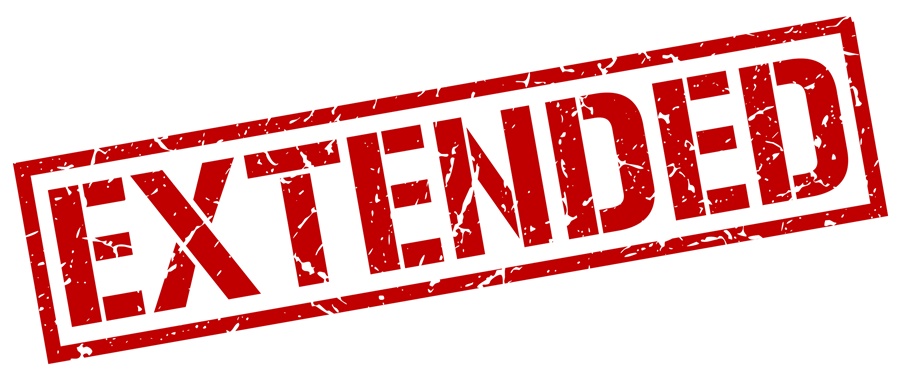
Preparing and serving Initial Disclosures on the opposing party is one of the first things you must do in a trademark opposition or trademark cancellation proceeding. The deadline set by the Trademark Trial and Appeal Board (TTAB) for serving Initial Disclosures is generally about a month after the deadline for participating in the discovery conference. However, the Initial Disclosures deadline can quite easily be extended through mutual agreement between the parties and approval by the TTAB. In fact, the deadline is often extended multiple times because the parties might be engaged in ongoing negotiations to amicably resolve or settle the opposition/cancellation.




